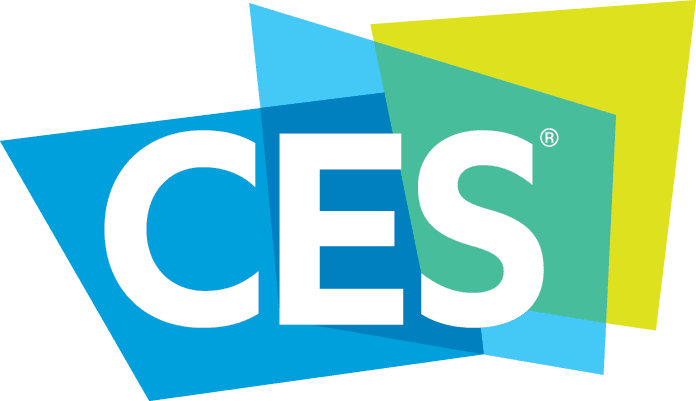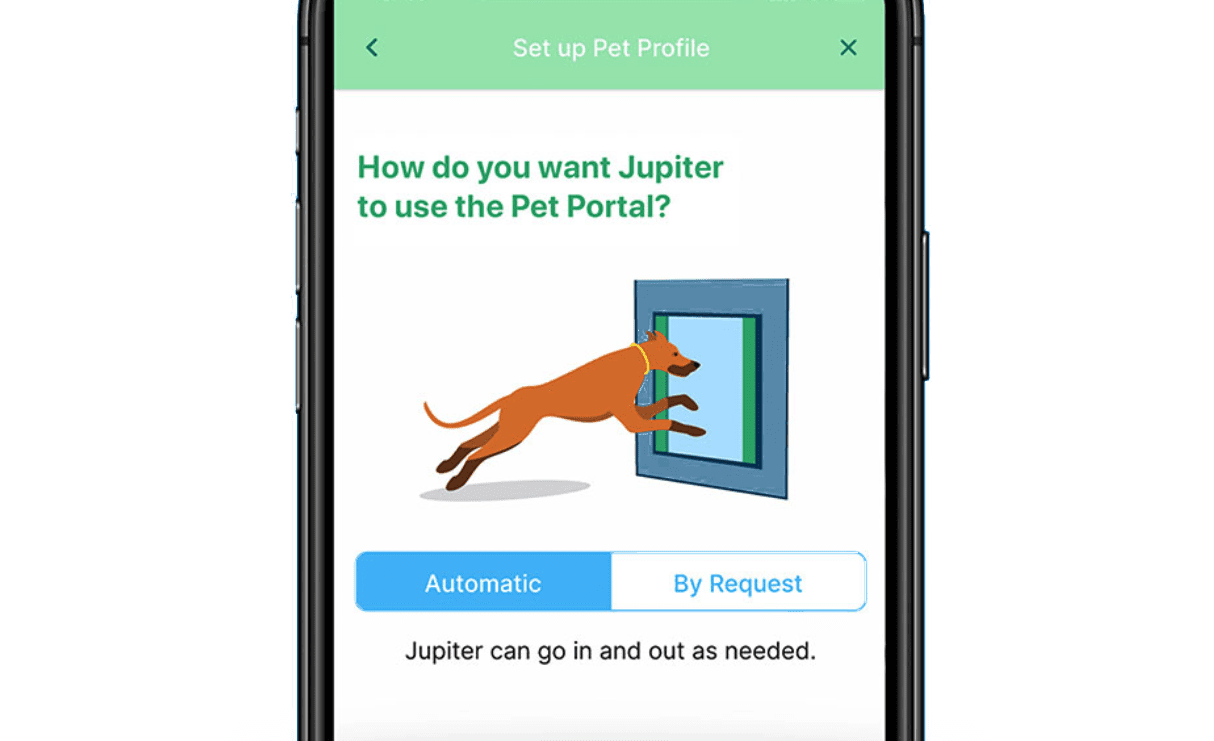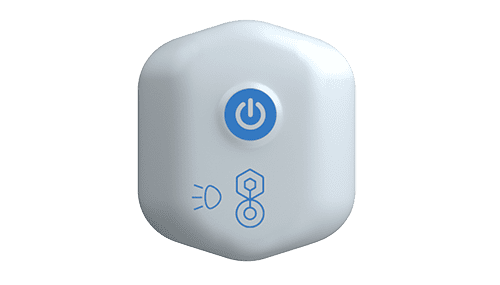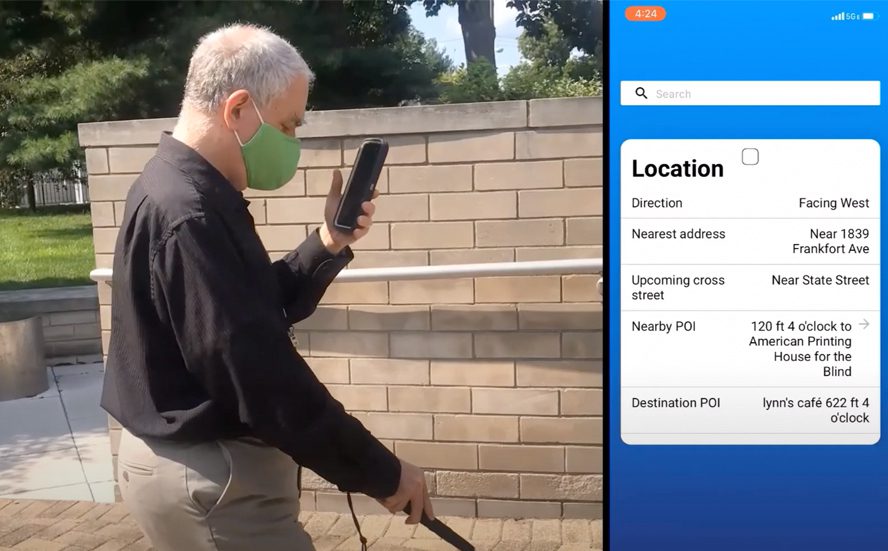The annual Consumer Electronics Show (CES) is self-titled “the most influential tech event in the world”. This is predominantly because the event enables manufacturers, tech developers and suppliers of consumer tech hardware and software to experiment and play with the latest tech, months or years before everyday consumers will have this in their hands. If you’ve developed breakthrough technology, this is the event to showcase it at.
Covering a wide range of products, this is a tech industry event where you can play with IoT or gaming technology in the morning and get up to speed with the latest iterations of blockchain or AI in the afternoon. For over 50 years, CES has launched cutting edge technologies from VCRs, to CD players, and more recently tablets and wearable tech.

How CES played out differently this year
The limitations for the show this year was that for the first time in its history, it was a virtual event. The Covid-19 pandemic put an end to the usual format of in person attendance and interacting with new tech. This year the main trend was digital health with many products and technologies focusing on physical and mental wellbeing.
Last year, we were lucky enough to attend in person. Here’s my thoughts on the 2020 CES trends, where Voice Assistance was a key trend that caught my eye.
We were fortunate that last year when we travelled to Las Vegas for the show, one of our mobile app builds won a coveted CES Innovation Award. Read more about the award winning aboutGOLF platform cloud-based experience.
What worked for CES this year?
A positive for this year’s event was that travel was not a barrier for attendance. No matter where in the world you were based, you had the ability to tune into the event – making this event accessible to all was a huge win for organisers and the tech industry. Thanks to a partnership with Microsoft, the online platform delivery worked well, and attendees were able to “browse” the products and exhibitors on offer. The volume of exhibitors was half the volume they had last year, but certainly more manageable from a virtual browsing perspective.
The virtual event made some useful concessions to attendees too – on demand keynote speaker presentations (available for months post-event) and an online contacts/lead generation tool as well. Virtual networking anyone?
If you had specific areas of interest, you didn’t need to trawl miles of exhibitor stands to find the ones of interest, as you could use the online search function to find exhibitors or products of particular interest.
What didn’t work for the virtual show format?
It’s hard to replicate the CES experience, where the whole point is interacting with the latest technology. Sometimes you do need to touch, feel and use technology to understand how it works – difficult to replace with a promotional video!
Due to Covid-19, some tech was not fully completed either so liberties were taken with sharing unbuilt products with CGI used to demo unfinished products.
Discoverability of new tech was also difficult. Yes, you could search within the online platform for ideas, but it wasn’t quite the same user experience as walking around exhibitor stands and spotting a new exhibitor with an unusual idea or the next “cool thing”.
The virtual event made some useful concessions to attendees too – on demand keynote speaker presentations (available for months post-event) and an online contacts/lead generation tool as well. Virtual networking anyone?
If you had specific areas of interest, you didn’t need to trawl miles of exhibitor stands to find the ones of interest, as you could use the online search function to find exhibitors or products of particular interest.
CES Innovation Award winners that stood out from the rest:

1. myQ Pet Portal
For those of us for whom our dog really is our best friend, the myQ Pet Portal will be an important addition to your home. Offering live video streaming (so you can be extra efficient during work hours?) and two-way communication, you can keep connected to your furry pal no matter where you are.

2. BioButton
The BioButton wearable device is well positioned for our Covid-19 aware world. This tiny wearable continuously measures key health indicators such as temperature, heart rate and respiratory rate at rest. It will alert you to any statistical changes that may provide an early indication of Covid-19 infection.

3. Moflin
Winner of a CES Innovation Award this year was Moflin, an AI pet with…wait for it…emotional capabilities that evolve just like a real living animal. Complete with warm (!) and soft fur, it learns and grows by using it’s everyday interactions to determine patterns and evaluate its surroundings from its sensors. This is NOT a Tamagotchi (handheld digital pet from the 1990s). The Moflin can respond to you and express its feelings!

4. Goodmaps
Bringing accessibility to navigation, Goodmaps is important tech for the visually impaired, as it helps them navigate their surroundings both indoors and outdoors using audio cues. The indoor mapping component is an important innovation with camera tech providing real-time mapping.
Keen to understand more great ideas from the show? Check out this Fast Company article for some of the most innovative products this year.
Want to learn more? We’d love to chat about how we can work with you to deliver innovative solutions to your digital problems.
New digital project? Keen to optimise your existing digital project? We’re always keen to talk.
Made with ♡ in Wellington
© 2020 PaperKite